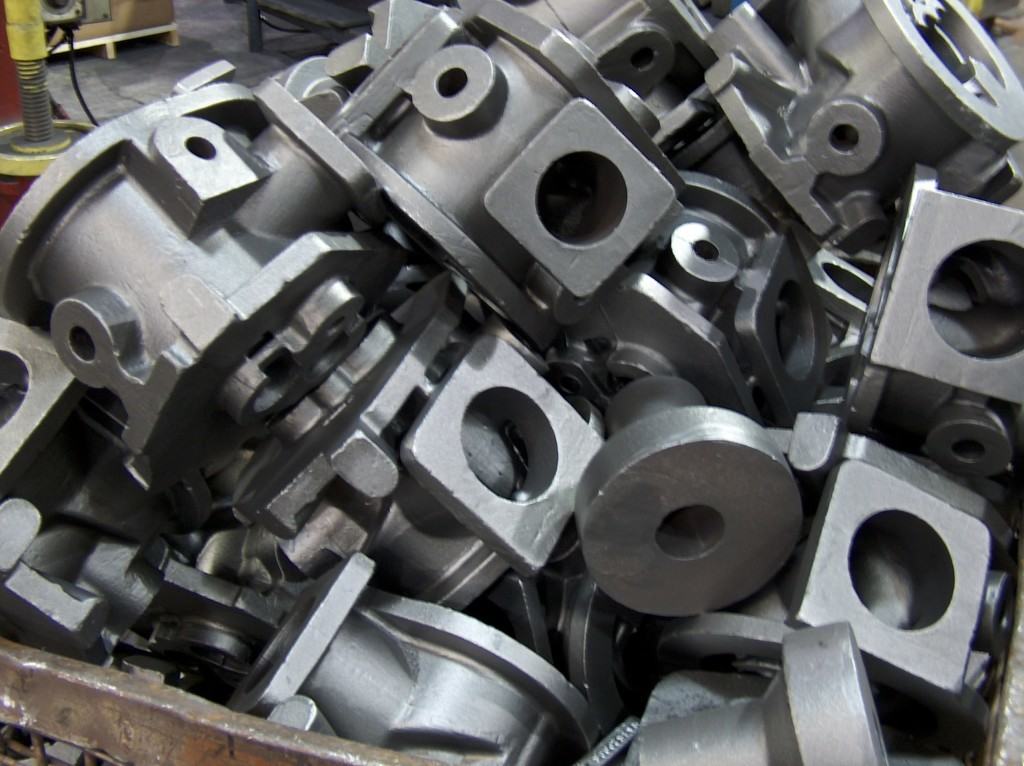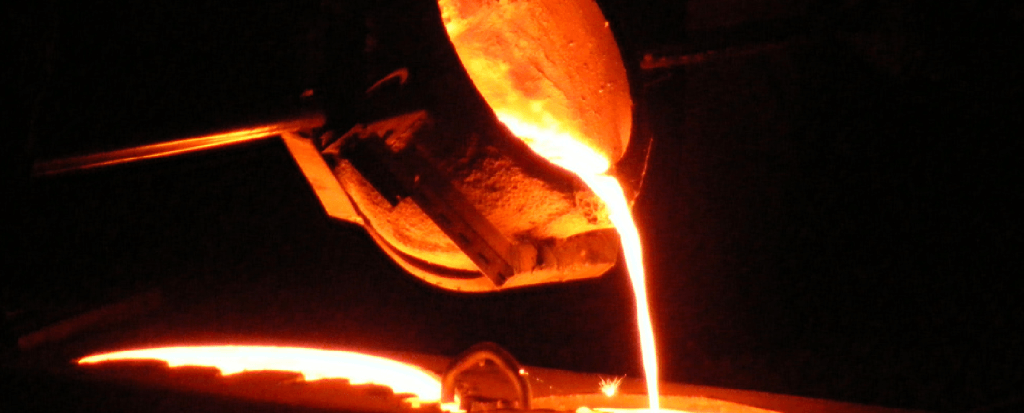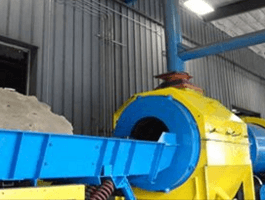 What are Green Sand Castings?
What are Green Sand Castings?
Green Sand Castings are castings made using wet sand or “green sand” molds. The sand is not green in color nor do the molds use “greensand,” a greenish color sandstone. Instead the sand is called “green” because it has moisture in it (like green wood) before the sand dries out when molten metal is poured in the mold.
What gives the sand moisture and helps the sand stick together when making molds is the clay that is mixed in the sand. Bentonite clay and the sand mixed together provide strong molds that can be created on an automated assembly line.
Are Green Sand Casting Popular?
You can find green sand castings in everything from engine blocks and flywheels to pump housings and ship parts. About 42% of all cast parts in the United States are made using green sand molds. In comparison, no-bake, the second most popular type, is about 40%.
The ability to quickly make molds through automated machines makes green sand casting economical and popular for making medium to high volume castings since the automated processes allows for a lot of molds to be quickly made at an affordable cost.
Not only are green sand castings relatively inexpensive, they can also make very large castings. Green sand castings as large at 7,000 pounds are not uncommon, though most stay in the 1 – 500-pound range. Green sand castings have a limit in size because of the compaction required in making the mold, so for really large castings, other methods must be chosen. No-bake castings are better for giant sized castings. No-bake castings have been made as large as 50 tons (100,000 pounds).

How are Green Sand Molds Made?
A green sand mold is produced by loading green sand into a mold maker and then a pattern is pressed into the sand. The pressure created when pressing the mold into the sand creates a form similar to when a child presses a pattern into Play-Doh to create a shape.
The downside of using green sand molds for castings is that they do not have as tight a tolerance as some other mold types like no-bake castings. This means if you have castings that require tight tolerances or precise dimensions, you may find green sand castings need a little more machining than other forms of molds to get to your end desired result. You also get a better surface finish (a smoother surface) with other casting processes.
What is Green Sand for Molds made From?
The green sand for the casting molds usually has a mixture of:
Sand = 75-85%
Bentonite Clay = 5-11%
Water = 2-4%
Other materials = 3-5%
Silica in the sand can become airborne in the process of casting so American foundries install air control systems that pull the silica particles and anything else out of the air to keep foundry workers safe.

What Happens to the Sand After Casting?
After green sand is used to make a casting, the sand is “spent,” in other words, the sand cannot be used again for casting without an expensive process of separating out the materials to reuse what is still good in the sand mixture. A more economical way is to use new sand each time and reclaim the spent sand for other purposes.
Reuse of the sand keeps the sand out of landfills, (which is where spent green sand used to go), but it allows the new user of the sand to buy sand at lower prices than virgin sand. There are no toxic substances in the sand, so it is just good stewardship on everyone’s part to put the sand back to use.

